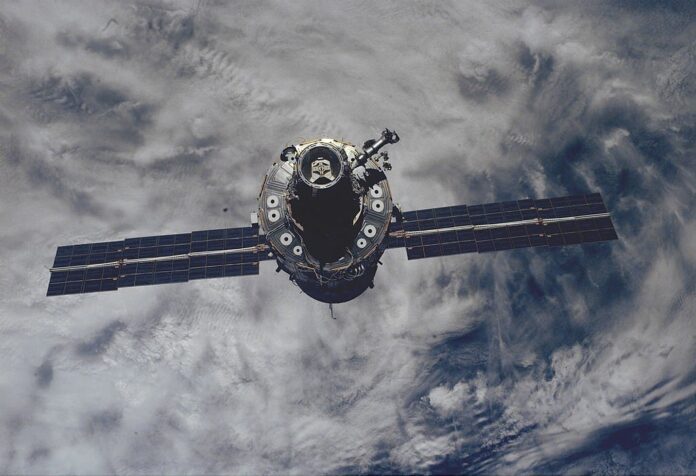Space exploration has opened up a world of possibilities and opportunities for humanity. Satellites and spacecraft orbiting the earth have enabled us to conduct research, communicate with people all over the world, and monitor the planet’s weather and natural resources.
However, the continued use of space also has created a problem i.e., space junk. Space debris, also known as orbital debris or space junk, refers to the collection of man-made objects that are orbiting the earth but no longer serve any useful purpose.
Space junk can be dangerous because it travels at high speeds and can collide with active satellites or spacecraft, potentially causing damage or even catastrophic failures. In fact, collisions with space debris have been known to cause damage to the International Space Station and other spacecraft in orbit.
The accumulation of space debris has been happening since the start of the space age. In the early days, the debris was mostly small and could burn up in the earth’s atmosphere. However, the situation changed with the launch of the first artificial satellite, Sputnik 1 in 1957. Since then, the amount of debris in space has been increasing at an alarming rate.
The majority of space debris is made up of spent rocket stages and defunct satellites. The total volume of space debris in earth’s orbit is difficult to estimate accurately as it varies in size, shape, and density. It is estimated that there are millions of pieces of space debris, ranging in size from small fragments to larger objects such as spent rocket stages and defunct satellites.
The largest objects in orbit are tracked and catalogued by various space agencies and organizations, such as NASA’s Orbital Debris Program Office and the European Space Agency’s Space Debris Office. According to the latest available data from the NASA Orbital Debris Program Office, there are, currently, over 26,000 objects larger than 10 centimetres and around 500,000 objects between 1 and 10 centimetres in orbit.
One significant event in the creation of space debris was the 2007 Chinese anti-satellite missile test, which created thousands of new pieces of debris in orbit. This event increased the amount of space debris by more than 25 percent.
Additionally, the number of countries and private companies launching satellites and spacecraft into orbit is increasing, which means that the amount of debris in space is likely to continue to grow. The accumulation of space debris in certain orbits may also limit the ability to launch new spacecraft, as the risk of collision with existing debris becomes too great.
The increasing amount of space debris has not only become a safety hazard but also poses a threat to the sustainability of space exploration. The Kessler Syndrome is a theoretical scenario where the density of space debris is so high that collisions between objects generate more debris, leading to a cascade effect that could render certain orbits unusable for decades or even centuries.
Space junk is a growing threat to space exploration as more countries and private companies launch satellites and other objects into space. As more objects are launched, the risk of collisions and other space hazards increases.
The issue of space debris has also gained attention from policymakers, and various international agreements have been put in place to mitigate the problem. One such agreement is the Space Debris Mitigation Guidelines developed by the United Nations Committee on the Peaceful Uses of Outer Space (UN COPUOS) which provides recommendations for spacefaring nations and organizations to minimize the creation of new debris and ensure the safe disposal of spacecraft at the end of their mission.
Several missions have been launched to test technologies to remove space debris. In 2018, the European Space Agency (ESA) launched the RemoveDEBRIS mission, which tested various technologies such as nets, harpoons, and a drag sail to capture and remove debris. The mission successfully demonstrated the feasibility of using these technologies to remove debris in space.
Another mission, the ClearSpace-1 mission, is scheduled to launch in 2025 and will target the removal of a specific piece of debris, the Vespa (Vega Secondary Payload Adapter), which was left in orbit after the launch of the Vega rocket in 2013.
The matter is a significant problem that requires attention and action from space agencies, private companies, and policymakers. Developing new technologies and guidelines for satellite design is crucial to preventing the accumulation of space debris and ensuring the sustainability of space exploration. It is also essential to continue tracking and removing debris to mitigate the risk of collisions and protect active spacecraft and people on the ground.





















